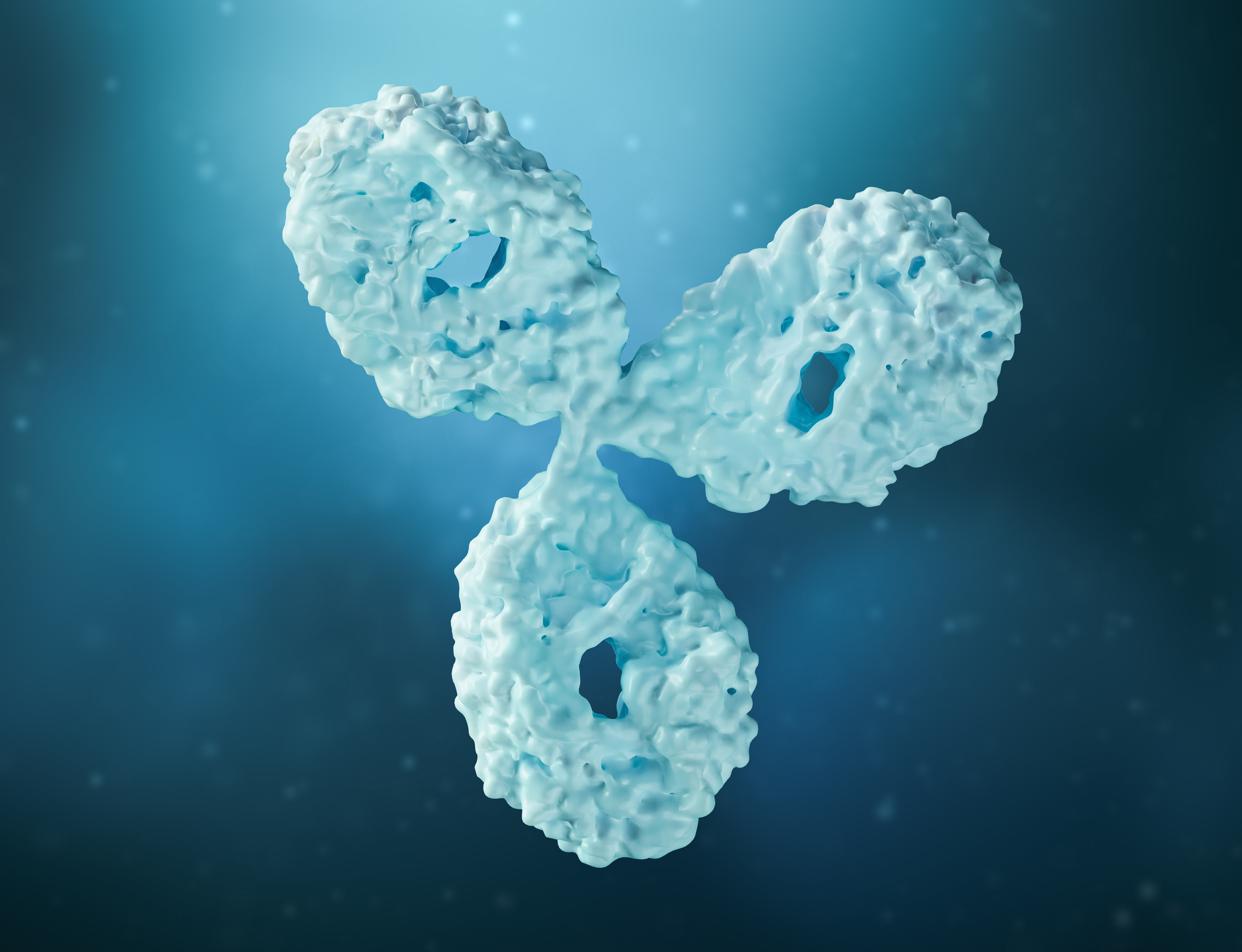The differences in size, complexity and manufacturing processes are some of the factors that distinguish biosimilars from small-molecule generics. Biologics, including biosimilars, are up to 1,000 times the size of small molecule drugs and are manufactured in living organisms or cell lines using processes that are proprietary to the manufacturer. Therefore, a biosimilar, unlike a generic, is not an exact copy of its reference product.1
A biologic is a substance derived from a living organism or its products, used to diagnose, prevent, or treat disease. Examples of biologic medicines include recombinant proteins, allergy shots, vaccines, and hematopoietic growth factors.2-3
A generic is a chemically synthesized drug that uses the same active ingredient, strength, dosage form, route of administration, and conditions of use as its reference product.4

A biosimilar is a biological product that is highly similar to an approved reference product with no clinically meaningful differences in terms of the safety, purity, and potency of the product. The regulatory approval pathways for biosimilars, while distinct from pathways for originator or reference biologics, are rigorous and scientifically appropriate.5
While both are safe and effective, there are several key differentiating factors.